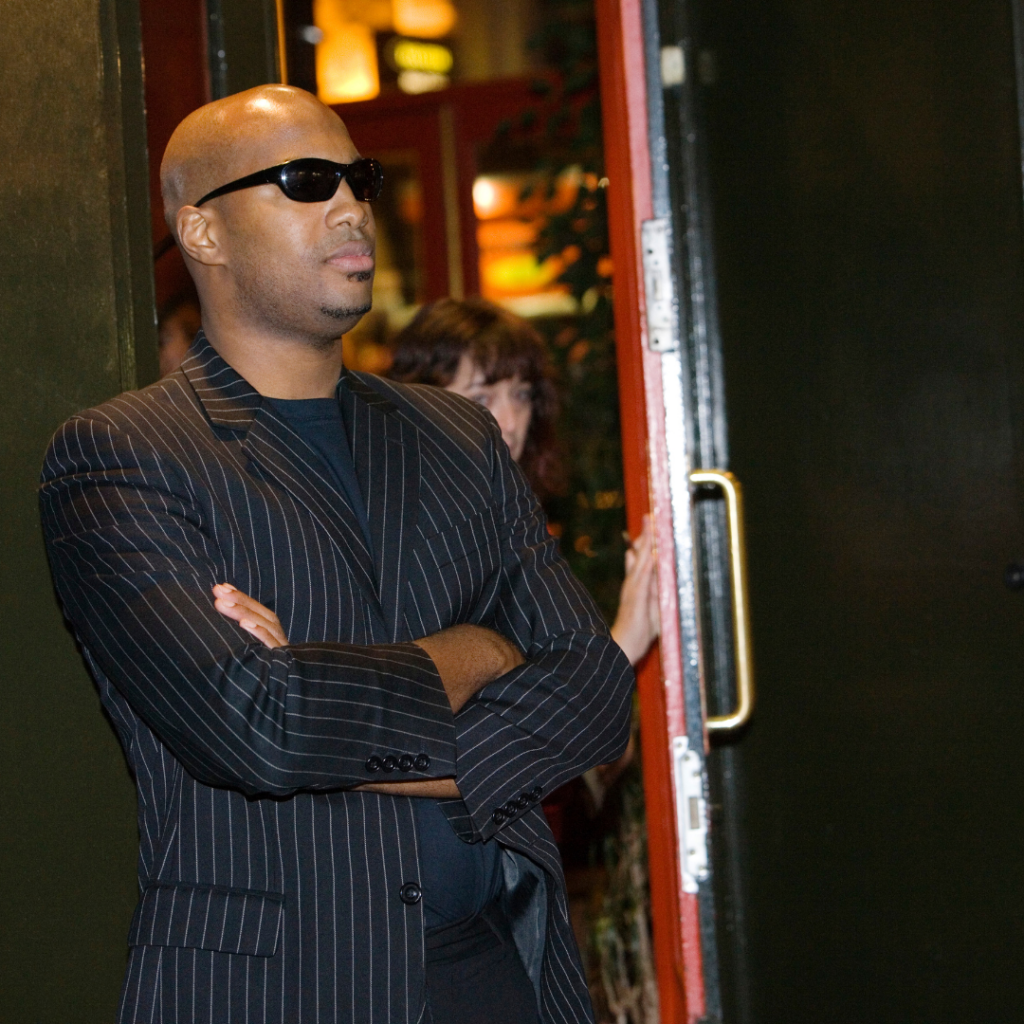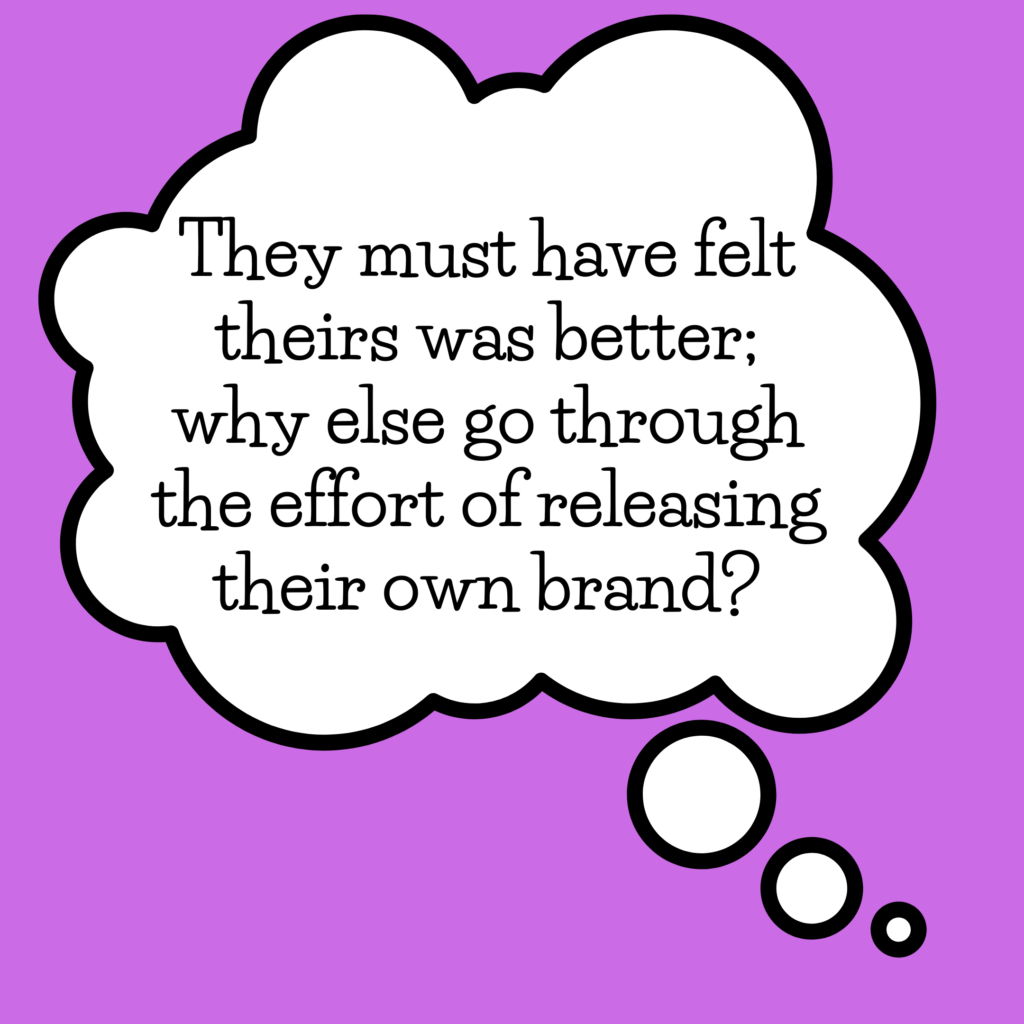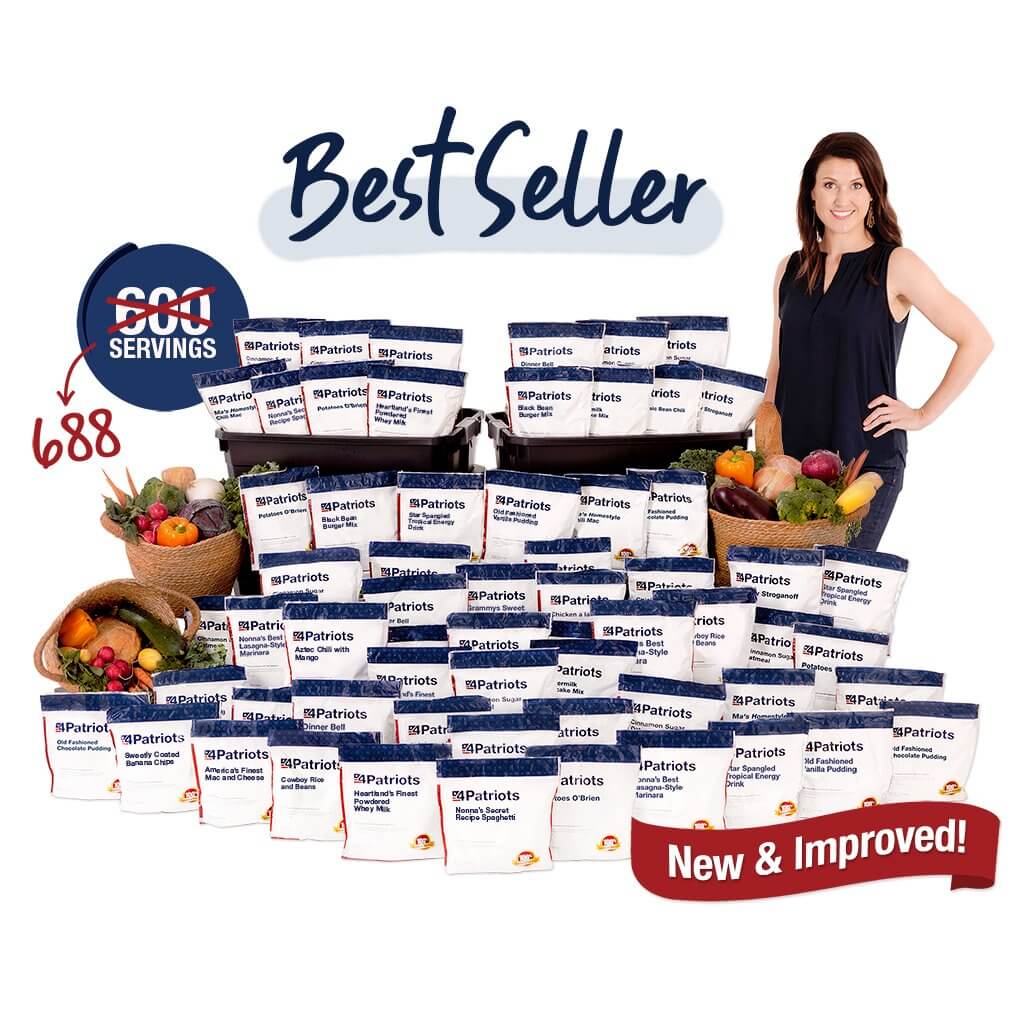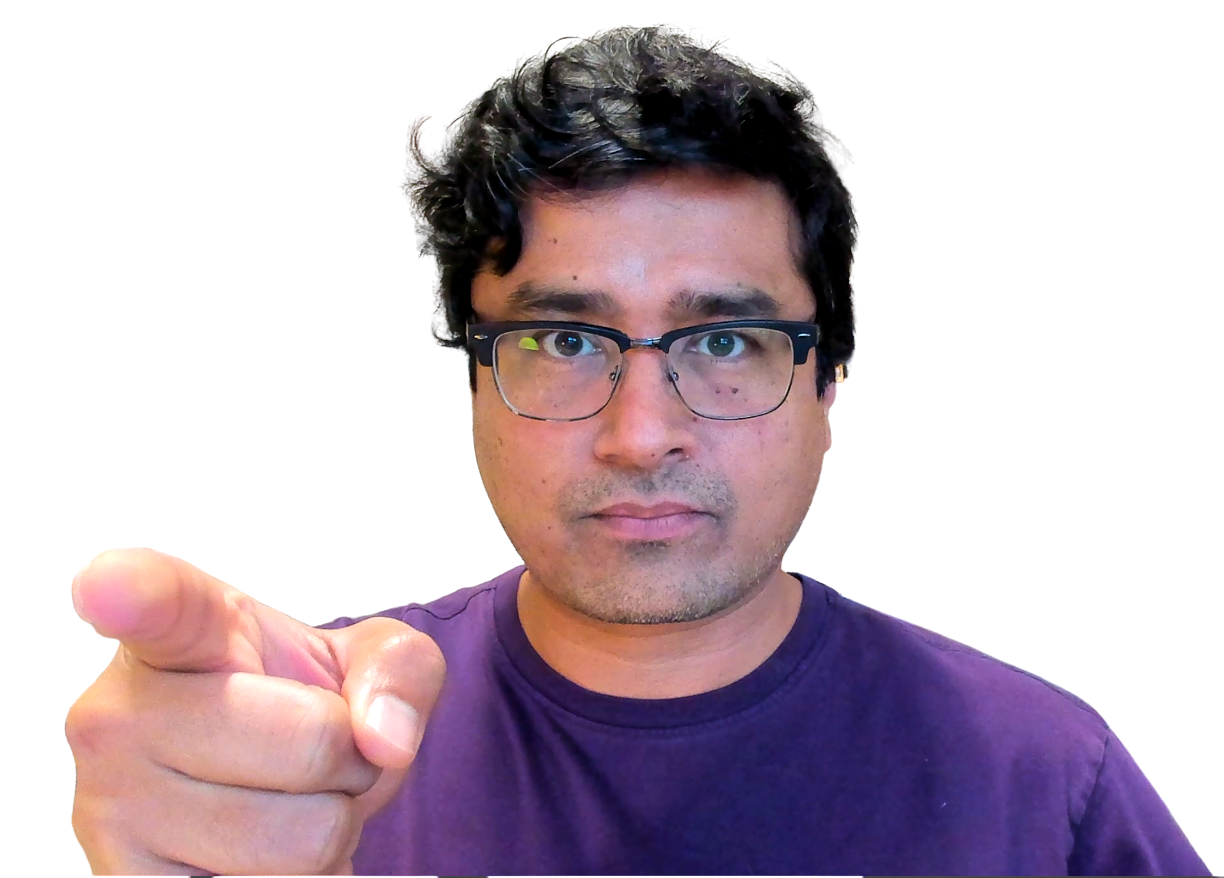Blog
Understanding Implied Marketing
Implied marketing can help get your sales pitch past the defenses of cautious buyers.

Consumers are exposed to far too many marketing claims. If they believed them all, they’d be bankrupt. To protect themselves, they discount claims, mentally reducing their trust in them. This “discounting” could range from slight skepticism to complete rejection of a message.
This is a problem because we need site visitors to believe our claims. This lack of belief is directly hurting your sales.
A prospect may be skeptical of your claim, but do you know who they have no problem believing? Themselves.
Using implied marketing, you are presenting part of the story but not delivering the punchline. The punchline is completed by the shopper’s mind (who the shopper has no problem believing.)
I know some of you prefer to read articles, while others like learning via videos. We’ve included both for this article. Continue reading below to see how implied marketing can have a dramatic impact on your success, or watch the video below.
Let’s dive into four implied marketing examples to illustrate this powerful approach:
Implied Marketing Example 1
- Stated Version: There Are Over 122 Energy Drinks on the Market. They Are All Terrible.
- Implied Version: There Are Over 122 Energy Drinks on the Market. We’ve Tried Them All.
Notice the difference?
In the stated version, we’re saying all competitor energy drinks are garbage. Can the consumer really trust us? Probably not. So they’ll discount this message by 30%.
The implied scenario isn’t saying we’re better than the competition. It just states, “We’ve tried them all.”
Our brains have evolved to fill in the missing information. So when the consumer reads, “We’ve tried them all,” their brain has to make a conclusion.

In essence, the reader is filling in the punchline on their own.
Nothing could be more persuasive.
Does this implied vs stated example make sense? /
Super.
Uh oh! Let's get in touch so I can explain this better.
We'll talk soon!
Implied Marketing Example 2
- Stated Version: You return from vacation, fish out the front door keys, and swing it open. There was a break-in.
- Implied Version: You return from vacation, fish out the front door keys, and swing it open. One expects everything to be as it was left.
In the stated version, we are playing the worst fears of the shopper. This can backfire. in the implied version, we are stating the expectation of the shopper and letting them imagine what the opposite would feel like. Subtle but important difference.
My 3rd Implied Marketing Example
- Stated Version: Sale Price — $27.68
- Implied Version: Today — $27.68
The stated version makes it clear this item is on sale. The implied version forces the reader to conclude on their own that the item is on sale. Coppers are way more likely to believe their own conclusions versus those painted by the marketer.
Does this example make sense? /
🙌
Uh oh! Let's get in touch so I can explain this better.
We'll talk soon!

Since you're liking this article on implied marketing you're gonna love the conversion ideas I share in my weekly newsletter. Signup below. If it isn't as good as I'm making it sound unsubscribe with one click.
Example 4
Imagine you sell long-term food storage (this is freeze-dried food with a 25-year shelf life).
People buy your product because they are concerned about one day being in an emergency situation without access to food.
Basically, you are selling an insurance policy for an unknown future event.
Here is an example (taken from 4Patriots.comnot a client):

A potential buyer may look at the offer above, feel compelled, but ultimately conclude, “What are the odds I’ll be in an emergency situation? Does seem unlikely.”
To diffuse that thought, the retailer could show a message like this:
It’s tempting to hope one is never in an emergency situation.
And 9 times out of 10, you’d be totally fine.
Notice how the retailer is saying 9 out of 10 times you don’t need their solution. Because it was left unsaid, the reader’s mind will immediately jump to the 1 out of 10 scenarios.
Final Implied Marketing Example
- Stated Version: We play the long game.
- Implied Version: Playing the long game is risky because the rewards appear after all the hard work is done.
Explanation: The stated version directly informs the reader of the company’s approach. In contrast, the implied version paints a picture of a desirable trait without explicitly associating it with the company. Yet the savvy reader can infer this on their own.
Conclusion
Implied marketing offers an opportunity to connect with the consumer on a different level, engaging their curiosity and allowing them to become a part of the narrative. By reframing statements to imply rather than declare, marketers can craft more compelling messages that resonate with the discerning and skeptical audience of today.
Gain an edge over your competition by adding it to your copywriting tool belt.
Now that we’ve covered the importance of implied marketing, let’s return to the page that brought you here: Let’s Talk Editing. But if this is the first page you are seeing on our blog, boy, do we have a surprise for you: The Frictionless Process.




Comments 11
Absolutely love it!! A good speaker commonly does this by starting a sentence and letting the crowd finish it. And comedians do it all the time. That’s what makes a Joke funny, what it implies.
Very cool stuff Rishi, thank you for sharing this!!
ReplyRishi Rawat
Glad you liked it. This post might be one of the best insights I’ve had all year. Will be exploring this theme further because there is more marketing gold here. Expect to see more posts about implied versus stated. Glad you immediately saw the potential. We think alike. –Rishi
ReplyThere are over 122 Marketing blogs on the internet, and I’ve tried them all. 😉 Nothing compares to the cool, chrisp taste of Rishi’s wisdom!
ReplyGreat points, and interesting perspective. Thanks for sharing, Rishi.
ReplyRishi Rawat
Thanks, Deborah. Coming from you, this means a lot.
ReplyOh my goodness I absolutely love this!!!! I am totally going to use this, I need to rewrite the homepage of my website anyways, so I’m going to give this a shot!!
Thank you Rishi!!
P.S. thanks for putting the takeaway into a yellow box in the middle of the pitch it made it even easier for me to grasp!
ReplyRishi Rawat
Tommy: P.S. thanks for putting the takeaway into a yellow box in the middle of the pitch it made it even easier for me to grasp!
ReplyRishi: I’m so glad. That yellow box was a last-minute addition so I’m glad I did it!
Love the idea of implied, get’s all the impact with none of the slimy!
ReplyRishi Rawat
Thanks, Sam. Impact without the slime is exactly what marketers need to aim for 🙂
ReplyAhhhhhhh this is beautiful!! Just loved reading through this and seeing the psychology here! THANK YOU for sharing Rishi! I might just use this in some material soon! Appreciate you!
Reply-Tommy
Rishi Rawat
Hey, Buddy. Every time I email this article you comment on it. That clearly means you connect with it, which I love!
Hope all is well. Talk soon. –-Rishi
Reply